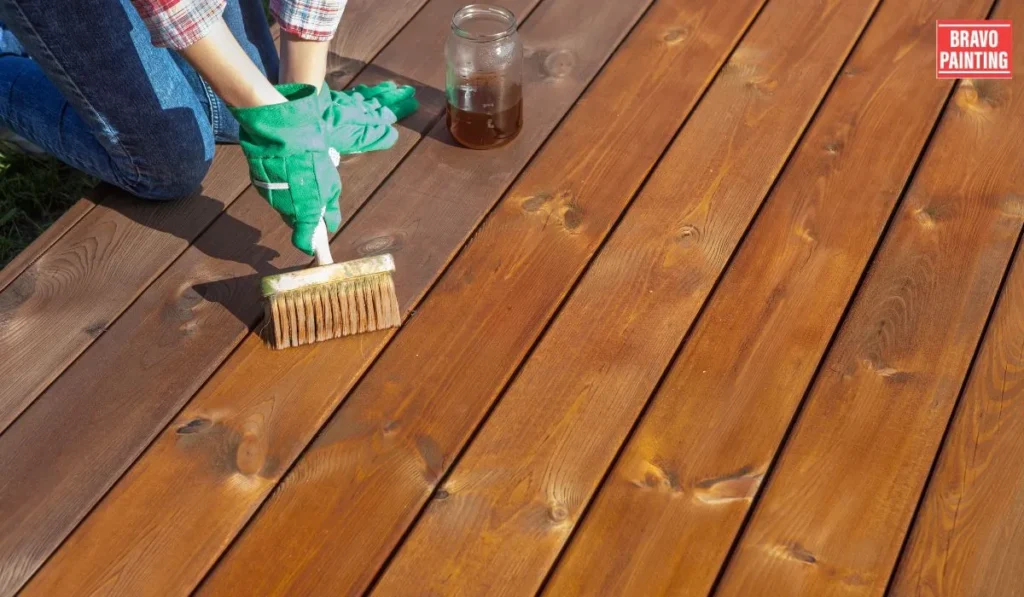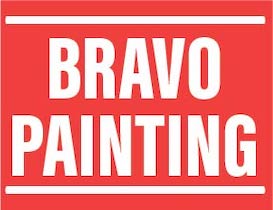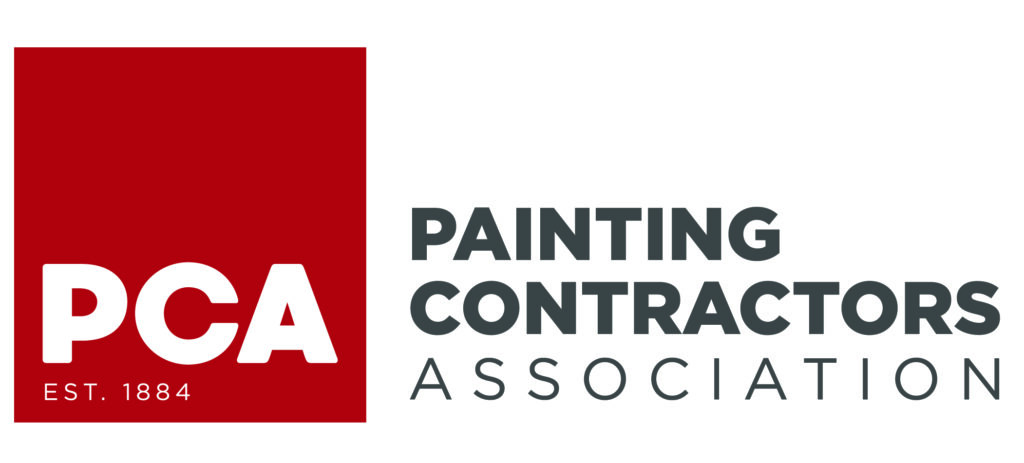Wood painting is the art that turns plain surfaces into functional artworks.
When working with furniture, decking, or home decorations, the right paint and correct techniques ensure that your project goes from ordinary to extraordinary.
The following sections, which examine the different kinds of commercial wood paints, primers, and fillers used on wood, give extra stress to wood applications in commerce.
We also introduce some basic techniques and essential tips for professional results.
Basic Wood Painting Techniques
But before we proceed, it is essential to be aware of the nature of the wood and how this impacts the painting.
It is a natural product, whereby it expands and contracts about the changes in temperature and humidity.
This, therefore, means that only the right products must be used to ensure durability for a long time.
Why Paint Wood?
There are various advantages of painting wood.
Beauty: You can paint wood to make it attractive according to your preferred interior design.
Protection: Quality paints protect the wood from moisture, UV rays, and wear.
Durability: When well-painted, surfaces will be less prone to scratches and stains.
Versatility: In terms of finish, it can come in many finishes – matte, glossy, and many more.
How to Choose the Right Paint for Wood
In commercial wood applications, the right paint should be selected.
Not all projects work with one paint over another.
It is crucial to know what to use to save time and other resources for application.
1. Exterior Wood Paint
Exterior wood paint contains additives that are specifically developed to fight against the harsh elements.
Most are resistant to mildew and fading because of ultraviolet rays.
Paint for decks, fences, and outdoor furniture is pretty exposed to harsh weather, so durability and longevity must be in the paint you like.
Recommended Brands:
- Behr Premium Plus Ultra: Durable and resistant to harsh weather
- Sherwin-Williams SuperPaint: Excellent coverage and retention of color
2. Outdoor Wood Paint
Outward wood paint, like exterior wood paint, is for those items that will be placed outdoors; however, it can offer something else that may be dissimilar finishes or textures to suit specific needs, such as slip resistance for decking, etc.
3. Deck Staining

Wood decks can stain.
It has its advantages because, apart from that, it brings out the natural grain of the wood and provides a protective coat.
Deck staining deepens into the wood instead of sitting on its surface, allowing its natural texture and grain to shine through.
Deck Staining Tips
Preparation: Immaculate and sand the surface so the stain adheres correctly.
Application: Application by sprayer or brush to achieve an even application.
4. Paint for Wood Floors
Wood floor paint must be selected with a solid finish that can withstand extreme foot traffic.
These paints are formulated to adhere well to a wooden substrate and provide a hard-wearing, long-lasting finish.
Key Features:
- Scratch Resistance: Choose paints that have good scratch resistance.
- Easy to Clean: A smooth finish will make this aspect easy to maintain.
5. Waterproof Paint for Wood
If areas in your project are going to be humid or wet, such as bathrooms or exterior surfaces, you can use waterproof paint on wood.
This will prevent the water from entering the wood, thus preventing warping and decay.
Recommended Products:
- Zinsser PermaWhite: Mold- and mildew-resistant – great for baths
- Benjamin Moore Aura: Moisture resistance is excellent
6. Epoxy Paint for Wood
Epoxy paint on wood is a two-pack system consisting of resin and hardener.
Paints for wood form a tough, chemical-resistant, stain-resistant finish on wood surfaces for use in garages, basements, and industrial applications.
Benefits:
- Durable: This produces a tough finish that can withstand heavy usage.
- Easy to Clean: With a smooth surface, easy maintenance.
7. Intumescent Paint for Wood
Intumescent paint on wood expands upon reaching high temperatures by forming a layer that insulates the wood from flames.
This paint is essential in commercial wood applications where fire-safety standards are crucial in every structure application.
8. Fire-resistant Paint for Wood
Fire resistant paint for wood is just like intumescent paint: it is supposed to slow the spread of flames.
Of course, it needs to be applied in any commercial or residential setting where safety is a concern.
Preparing Wood for Painting
The secret to finishing professionally is in preparation.
Here’s what should be done:
1. Cleaning the Surface
Clean the wood surface thoroughly before painting so that dirt and grease from greasy foods and old paint are removed.
Water and mild detergent solutions are suitable for this task.
2. Sanding
That is, it becomes smooth upon sanding the surface.
Use about 120 grit medium-grit sandpaper to knock out imperfections and finish off with a fine grit of around 220 for a smooth finish.
3. Filling Imperfections
Plastic wood filler on cracks or holes.
It has a sanded and painted-over finish.
4. Priming
Apply a primer for the perfect painting of a wood surface and enhance the quality of the finish.
Specifically, a primer specially formulated for wood increases the chances of making paints stick better to the surface.
Use it, especially with porous woods such as pine.
How to Prime
For priming, use a suitable primer for wood.
This needs to be allowed to dry out totally before painting.
Techniques on Painting
That’s it: prepare your wood; now it is time to paint.
Some of the techniques to be applied include the following:
1. Brush Application
A brush is more straightforward to maneuver, provides more control, and is very good for fine detailed work.
A good quality brush with synthetic and natural bristles is recommended in most cases, whether water- or oil-based paint.
2. Roller Application
A roller will also save time if it is a large surface.
But, first of all, make sure to use the correct roller cover for the type of paint you are using and for the texture of your surface.
3. Spray Application
Spraying with a paint sprayer will give you an even, smooth coat without brush strokes.
BUT. Using a sprayer requires a lot of setup.
It could be better for a newcomer in the painting business.
To get complete coverage, use several layers of paint, waiting for each to dry before laying the next.
This is very much required in bold colors and dark tints.
4. Gloss
When you are satisfied with the final layer that has dried, apply a clear sealant or cover coat to protect your painting.
Especially for surfaces that are to receive heavy usage- especially floors and patio furniture, sometimes it is best to add a protective cover coat.
Maintenance and Care
When the project is completed, maintenance will back up the durability of the finish.
1. Maintenance Cleaning
Clean surfaces often using a soft cloth or sponge and avoid harsh chemicals that might cause harm to the paint.
2. Touch-ups
Have the remaining paint left over; touch it up when required.
This refers to scratches and chips to maintain an overall appearance.
3. Resealing
Outdoor applications will require resealing after many years, and this is the standpoint from which the finish is fresh and better protected.
Conclusion
Mastering the art of painting wood involves understanding, preparation, and patience.
You can achieve various aesthetic results when working on any commercial wood project by understanding the many types of paints and techniques.
From deck staining to a fire retardant paint for wood, each selection will impact the outcome.
With the tools in hand and a bit of patience, you unlock your creativity and give new life to your wood surfaces.
FAQs
What is the best paint used for wood surfaces outside?
Exterior wood paint is best as it is designed to stand the test of time outside, is mildew-resistant, and provides a long-term protective coating.
Look for specifically manufactured brands that are UV-resistant and durable enough to hold up to elements.
How do I select the correct primer for the wood?
In choosing the suitable primer for wood, you should consider:
- Type of Paint: If you will be using oil-based paint, select an oil-based primer; if latex, a latex primer.
- Wood Type: A good-quality wood primer seals the surface for better adhesion for porous woods like pine or oak.
- Special Needs: Select a moisture-resistant primer if the wood surface is exposed to moisture.
Can I use regular paint on wood?
Yes, you can paint wood with regular paint; however, it’s always best to use paints created for the intended use of painting wood.
The wall paints might need more durable for wood surfaces, especially high-traffic and outdoor service.
What is the difference between paint and stain for wood?
Paint gives a complete cover on the surface of the wood, providing several colors and surfaces.
It delivers 100% coverage and security.
The stain reaches into the wood, which enriches the natural grain and texture while offering some cover.
Generally, paint is applied when the natural look of the wood is to be preserved.
How do I remove old paint from wood?
Remove old paint from the wood.
- Chemical Paint Strippers: Use a chemical paint stripper sold for wood. Follow instructions to the letter.
- Heat Gun: Sometimes, even applying a heat gun will soften the paint enough for you to scrape off.
- Sanding: You apply sanding when the layer of paint isn’t too heavy on top while taking heed so as not to damage the wood.
The best technique to be used when applying paint to wood will depend upon the size and type of the project:
- Brush: Ideal for detailed work and smaller projects.
- Roller: Best in more extensive, flat surfaces to obtain an even finish.
- Spray: Will not leave any marks of a brush, but it requires more setup and is less suitable for intricate details.
How many coats of paint should be applied to wood?
Ideally, apply at least two coats of paint to gain maximum protection and coverage.
The first coat will serve as the base, while the second will give the final look and protection.
Always let it dry for the amount of time set by its manufacturer.



